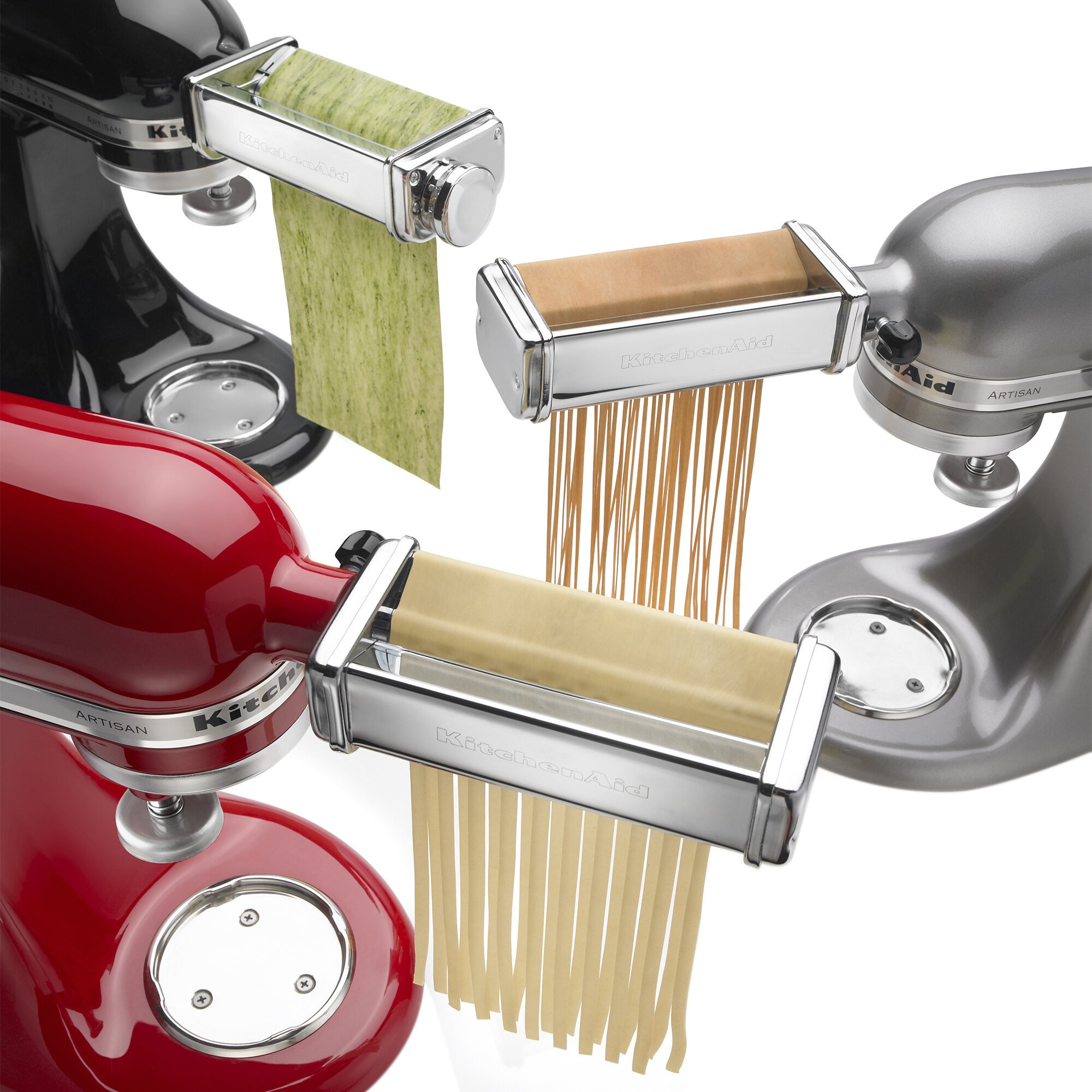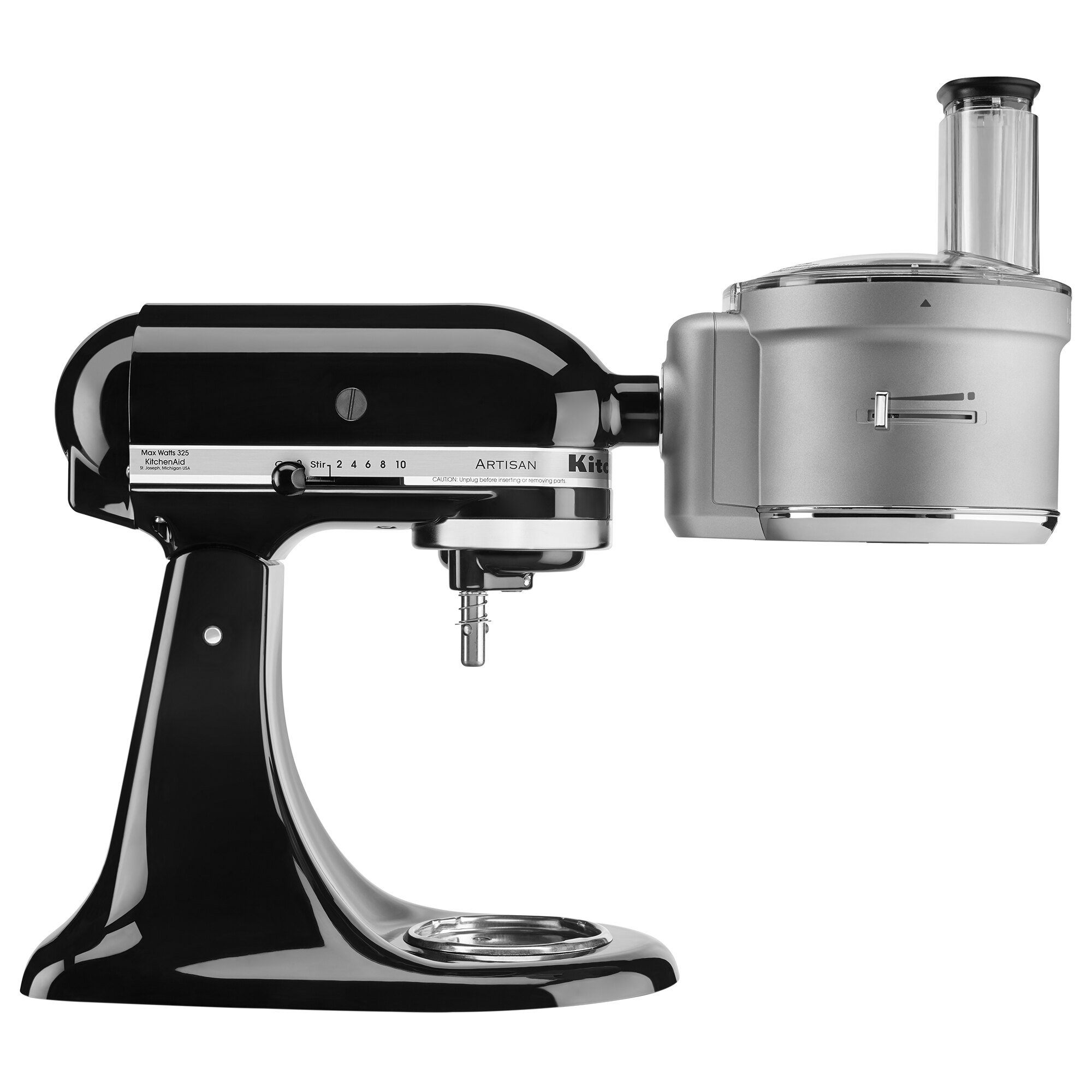
Kitchenaid stand mixers are beloved kitchen appliances found in many homes. With their versatile attachments, these mixers can knead bread dough, whip cream, grind meat, and more. However, some consumers have raised concerns over potential lead content in Kitchenaid attachments. In this post, we’ll explore whether Kitchenaid attachments contain lead and steps you can take to use your mixer safely.
Lead is a toxic heavy metal that can cause health problems if ingested or inhaled. While regulations have reduced lead in many consumer products, it remains a concern in certain kitchen items.
Older dishes and cookware sometimes contain lead glazes. Lead can also be present in the solder of some older tin cans. In these cases, lead can leach into food during cooking. This is especially true when cooking acidic foods like tomato sauce.
There have also been some recalls over the years involving lead in ceramic ware and other kitchen products. So vigilance is warranted when using anything that contacts food.

Kitchenaid makes over 10 different attachments for their stand mixers. These include bowls, whips, paddle attachments, food grinders, pasta rollers, and more. Kitchenaid states that all of their attachments are lead-free.
The bowls are made from stainless steel, glass, or BPA-free plastics that do not contain lead. The same applies to whisks, paddles, and other mixer accessories. Metal portions comply with lead safety standards.
Kitchenaid stand mixers and attachments sold in the US must meet limits set by the Consumer Product Safety Improvement Act. This federal law restricts lead to 100 parts per million in children’s products. It also sets other lead restrictions for general use items.

While modern Kitchenaid attachments are advertised as lead-free, potential issues arise with vintage models.
Kitchenaid stand mixers first hit the market in 1919 and many earlier attachments contain lead. This was common practice at the time across appliance and cookware manufacturers.
If you own a vintage mixer, take precautions with the original attachments. Lead exposure risks increase when mixing acidic ingredients that corrode metal surfaces over time.
You can contact Kitchenaid to see if replacement accessories are available for older mixer models. Or consider purchasing new lead-free attachments to keep your vintage mixer safe for continued use.

Here are some tips to minimize any risks from Kitchenaid stand mixer attachments:
By following these simple precautions, you can continue safely using your Kitchenaid mixer for many years. Contact Kitchenaid with any other questions or concerns about attachments and lead risks.

Here are some frequently asked questions about lead in Kitchenaid attachments:
Do the stainless steel bowls contain lead?
No, Kitchenaid stainless steel bowls are lead-free. Stainless steel does not contain lead.
What about the coated metal attachments like whisks?
Modern Kitchenaid metal attachments comply with lead safety standards and regulations. The coatings prevent lead leaching.
Is it safe to use vintage attachments?
Vintage attachments likely contain more lead than newer models. Take precautions like handwashing and replace any damaged vintage accessories.
Kitchenaid stand mixers are kitchen staples in many homes. While modern Kitchenaid attachments are considered lead-free, vintage models may pose risks. By purchasing newer accessories, inspecting for damage, and handwashing, you can continue safely using your Kitchenaid. Avoid assumptions that old mixers and attachments are lead-free. Contact Kitchenaid with any concerns about your particular attachments. With simple precautions, you can whip up family recipes for years to come.
